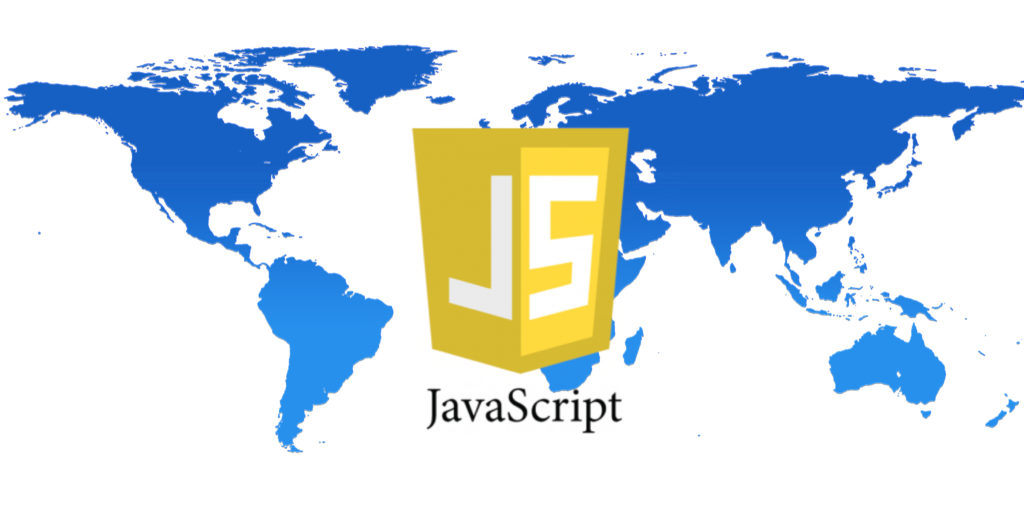From GPS and Google Maps to Spatial Computing: Coursera MOOC
Massive Open Online Courses are a really interesting way to learn new topics and explore new ideas. Geospatial MOOCs, be it the first Geospatial MOOC (as far as I can recollect) Maps and the Geospatial Revolution or ESRI’s Going Places with Spatial Analysis or Skills for Digital Earth: Discover how Location tech is changing the world , they are no doubt great course with a lot to learn. Sometimes I felt that they were a usually a bit too mainstream for GIS students/professionals.
Here’s another interesting MOOC that I guess would be much more entertaining and informative for all of us From GPS and Google Maps to Spatial Computing. And it begins today – 23th September 2014! It is offered by the University of Minnesota and is eight weeks long, running from September 23 to November 17, 2014.
What is so different with this MOOC compared to the other Geospatial MOOC?
Well, the fundamental difference is that they have 3 different tracks and that the focus is on Spatial computing not GIS.
- Curiosity Track: Just browse through the course, learn about spatial technologies and spatial computing topics.
- Concepts Track: This one is for you if you want to commit yourself to learning about spatial computing topics and take the course seriously but do not have the programming expertise to complete the tasks.
- Technology Track: This is the fully loaded version that involves both concepts and programming.
If you are wondering what the programming prerequisites would be! According to Coursera page it is “experience with the Java programming language, a little web development experience, knowledge of basic data structures, pre-calculus level math (e.g. geometry), basic statistics, and — importantly — the ability to install and managed sophisticated development tools and libraries”
Here’s the outline of the program
Week 1: Introduction to Spatial Computing and Overview of Course
Week 2: Spatial Query Languages
Week 3: Spatial Networks (e.g. road networks)
Week 4: Spatial Data Mining
Week 5: Volunteered Geographic Information
Week 6: Positioning
Week 7: Cartography and Geographic Human-Computer Interaction
Week 8: Future Directions in Spatial Computing
Software requirements
- TileMill
- WikiBrain
Like most Coursera courses, you have the opportunity to earn a certificate of accomplishment at the end of the course and it is also being offered as a signature track course.
Here’s the course link. Happy learning 🙂








